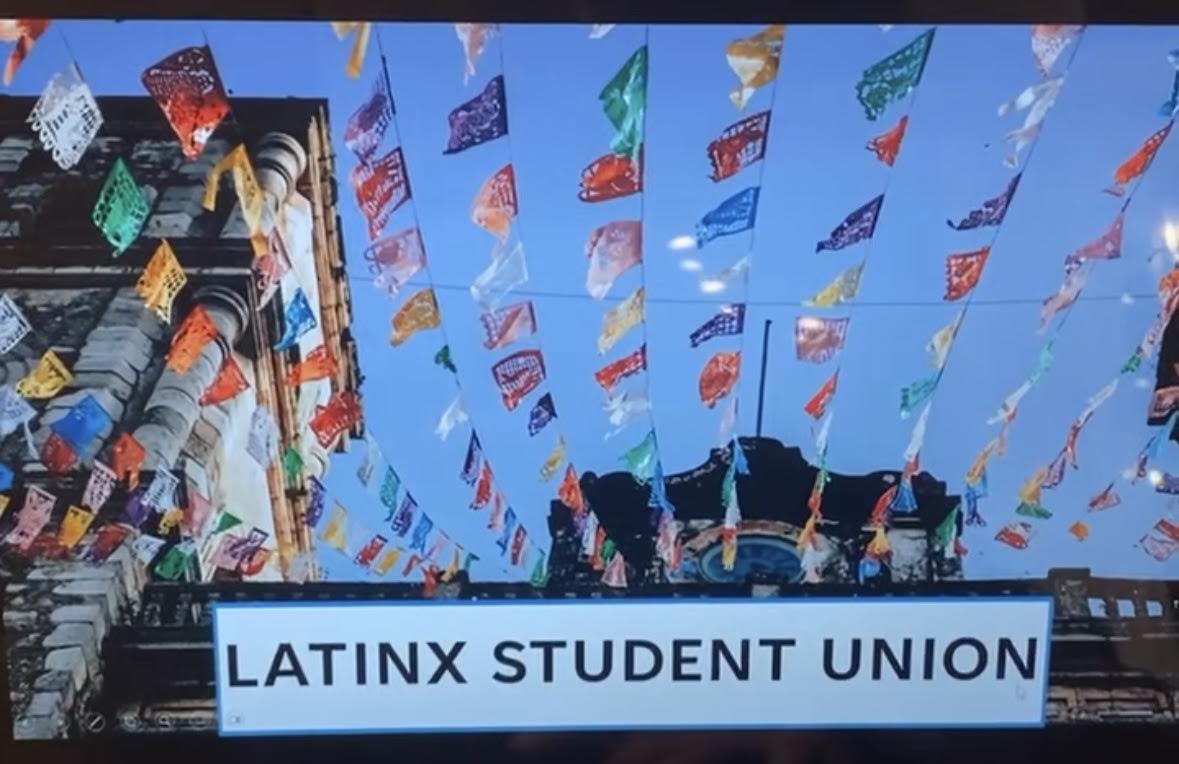By Aspen McAdoo
As time has moved on and since the establishment of Generation Z, religion has seemed to play less of a role in society and people’s everyday lives. Throughout history, religion was intertwined with government, laws, and culture leading to almost every single person believing in a certain religion and committing to it. In 2007, researchers noticed a major decrease in religious participation. Today, it seems that there is a decrease in the number of people who believe in a religion and the people who say they do if they are actually practicing it.
This trend persists in virtually every high-income country, according to abc-7.com, “In the U.S, in 2007, 78 percent of adults identified as Christians, but in 2021 only 63 percent did. Also in 2007, 16 percent of adults said they did not believe in any religion, but in 2021 that number jumped to 29 percent.” Countries such as Spain, Japan, France, Sweden, and Italy have also seen a significant decline in religious participation according to abc-7.com. These adult numbers changing will also cause effects on the future because they will influence high school students. Most kids take after what their parents believe in, and these changes are being reflected throughout the younger generation. Out of 150 people surveyed at Ponte Vedra High School, 133 (89 percent) said they believe in some sort of religion, while 17 (11 percent) said they don’t believe in any sort of religion. Out of those 133 students that said they believe in a religion, only 38 (29 percent) of them said they are committed to their religion the way the religion believes they should, while 95 (71 percent) of them said they weren’t actively practicing.
Many students still believe in a religion but they aren’t actively practicing it because they have other priorities. Ben Miller, a junior at PVHS who believes in Christianity said, “I 100 percent believe in the religion, but my family and I don’t have the time to go to church every Sunday and stay committed to it. But like most people we will go to church sometime throughout the year and Christmas and Easter.” Many kids who play sports or work have little time to be committed to their religion, so they only attend church on major religious holidays.
Some students have parents who are very strict and believe in going to church, leading to them staying more involved in their specific religion. Austin O’Hara, a Junior at PVHS who believes in Catholicism said, “Catholicism is a very strict branch of Christianity so going to church weekly and staying committed to it is very important to me and my family. But I also have parents who want me to be involved so they stay on top of me making sure we get to church weekly.” Many of the people in the younger generation who are involved in their religion have parents who are deeply engaged in that religion leading to their kids to become more engaged.
“I 100 percent believe in the religion, but my family and I don’t have the time to go to church every Sunday and stay committed to it. But like most people we will go to church sometime throughout the year and Christmas and Easter.”
BEn miller (11)
There are other students who just don’t believe in religion at all, or they just weren’t given the chance to find a religion they believe in. Ashtan Augusta, a junior at PVHS who doesn’t believe in a specific religion said, “I wasn’t raised in a family that focused on religion a lot, so I never really got into a specific religion. But now that I’m getting older looking onto a religion is something that is becoming more intriguing to me.” Some new trends are being introduced and could cause students to follow an anti-religion ideal.
Overall, there has been a downward trend in students who believe in a religion and those that stay committed to their religion. This could be caused by new theories, science, or culture changes. There will likely be no change to this trend in the future and as religion participation continues to decrease, this trend could become the outlier.





